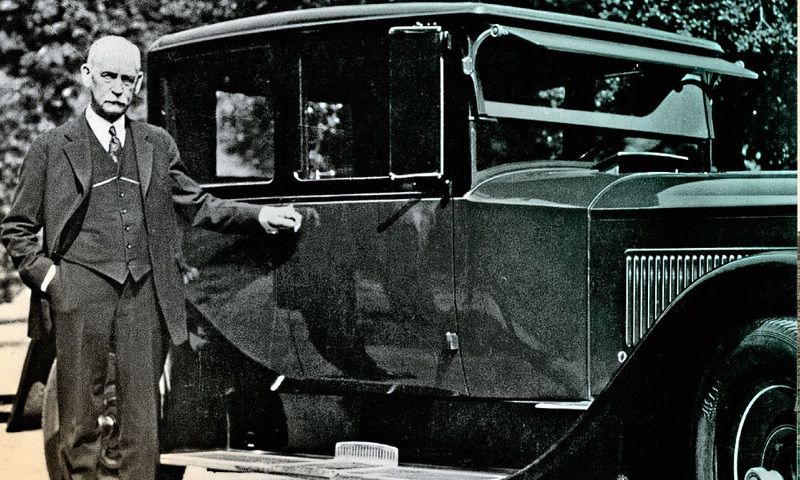Folks, I grew up in the 1950s watching Have Gun Will Travel, Sugarfoot, Bat Materson, The Legend of Wyatt Earp, Cheyenne, Bonanza, Gunsmoke, Maverick, and I don't remember what all other shows. I can clearly remember my father telling me the Old West was not really like that.
I don't think anybody would dispute that the Old West was not as it has been depicted in the movies and on TV. Westerns were a staple of Hollywood going back to the earliest days around 1910. Script writers would grind out a script in the morning, and shoot film the same day. The movie going public was eating this stuff up, so of course they gave the public what they wanted, which included lots of guns and gunfights.
TV Westerns did not become popular until after World War Two. TV in general did not become popular until after WWII. Suddenly there were all these GIs returning from Europe and the Pacific. The GI bill sent many of them to college, and many got low interest loans on housing. They started raising families, and many of those families had a TV set right in the living room. I can clearly remember sitting with the family watching Gunsmoke and Bonanza. Again, the TV producers gave the public what they wanted, which included plenty of guns and gun play.
So of course the real Old West was not as it has been depicted in the movies and TV for so long.
Early Western movie actors William S. Hart and Tom Mix were friends of Wyatt Earp. Earp was an old man by this time, but he never gave up trying to get rich selling his story to writers and movie moguls. It all came to nothing, he died in 1929 at the age of 80 while he was negotiating with another writer. But Wyatt used to regularly have lunch with Tom Mix and William S. Hart at a lunch counter in Los Angeles.
Here is a photo of Wyatt Earp as an old man standing next to a Packard that was believed to be owned by William S. Hart. Tom Mix liked much flashier cars.
Incidentally, I have always believed the popularity of TV Westerns is what got Colt to start making the Single Action Army again in 1956. Colt stopped producing the SAA in 1940 to gear up for World War Two. During the last years of production, sales had been very slow, not many people were interested in a revolver that went back to 1873. I believe Colt had no intention of ever producing the SAA again. But in 1953 Bill Ruger introduced the 22 caliber Single Six, and demand was so great, probably fueled by all those cowboys galloping through all those living rooms, that he could not keep up with the demand. In 1955 Ruger introduced the 357 Magnum Blackhawk, and again, sales went through the roof. So in 1956, Colt reintroduced the Single Action Army. I doubt if it was a coincidence.


